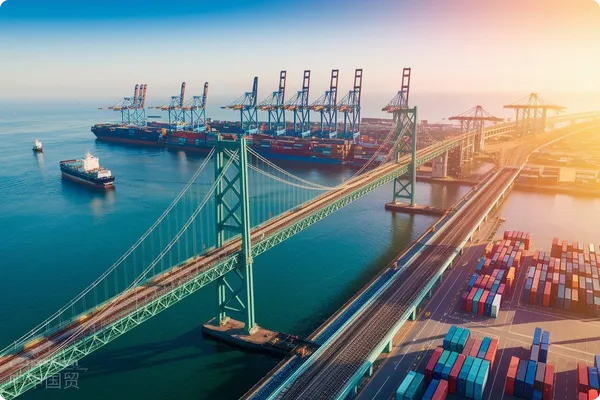- Shanghai Zhongshen International Trade Co., Ltd. - Two decades of trade agency expertise.
- Service Hotline: 139 1787 2118

Core Value of Bonded Zone Import Models
Under the latest 2025 customs supervision system, large equipment imported through bonded zones can enjoyThree Major Policy Benefits:
- Deferred tax payment mechanism: Temporarily exempt from tariffs and VAT before customs clearance completion
- Flexible distribution advantage: Supports batch entry and separate exit operations
- Testing and maintenance convenience: Allows technical debugging and quality rectification within the zone
Typical Operational Process Breakdown
Taking the import of German precision machine tools as an example, professional agency service processes include:
- Pre - preparation Stage
- HS code pre-classification (declaration accuracy increased to 98.7%)
- Tax reduction policy matching (2025 new high-end manufacturing equipment catalog)
- Logistics control phase
- Direct unloading into the zone from docks (average reduction of 3 working days)
- Implementation of split delivery with consolidated declaration (single batch customs clearance costs reduced by 40%)
- Follow-up management phase
- Design of installment tax payment plans
- Establishment of equipment maintenance records (compliant with AEO certification requirements)
Key Risk Control Points
According to General Administration of Customs Announcement No. 17 of 2025, special attention should be paid to:
- Accuracy declaration of equipment technical parameters (error must be controlled within ±5%)
- Supervision period for temporarily imported equipment (maximum extension to 36 months)
- Used equipment: Must provide depreciation assessment reportEquipment ImportsEnvironmental protection standards (added 8 heavy metal testing indicators)
Criteria for selecting agency services
Qualified agency companies should possess:
- Customs AEO Advanced Certification qualification
- Practical cases in special supervision zones (recommended to provide operation records of over 10 cases in recent 2 years)
- Service network at major ports nationwide
- Trade compliance audit capabilities (including origin verification, royalty declaration, etc.)
Practical case analysis
A certainNew energyEquipment manufacturers achieve through bonded zone import solutions:
- 25 million tax deferred for 6 months (releasing approximately 3 million working capital)
- Equipment distributed to 5 production bases in 3 provinces (logistics costs reduced by 28%)
- Completed EU CE certification conversion within the zone (saving approximately 800,000 yuan in return-to-factory costs)
Tags: HS Code · Tariff · Trade Essentials · Declaration · Machinery & Equipment · Customs · Clearance
Related Recommendations
? 2025. All Rights Reserved. Shanghai ICP No. 2023007705-2  PSB Record: Shanghai No.31011502009912
PSB Record: Shanghai No.31011502009912










